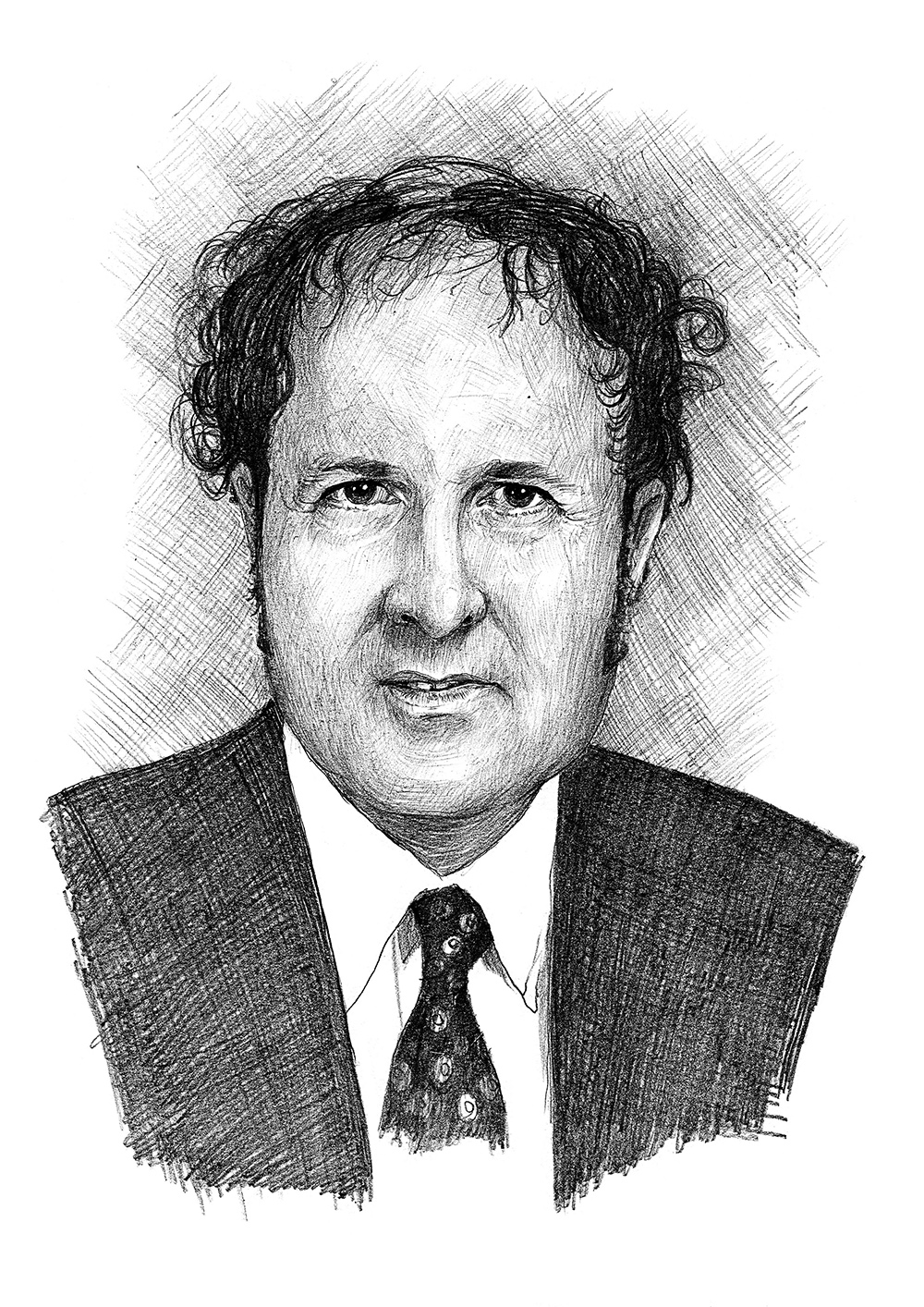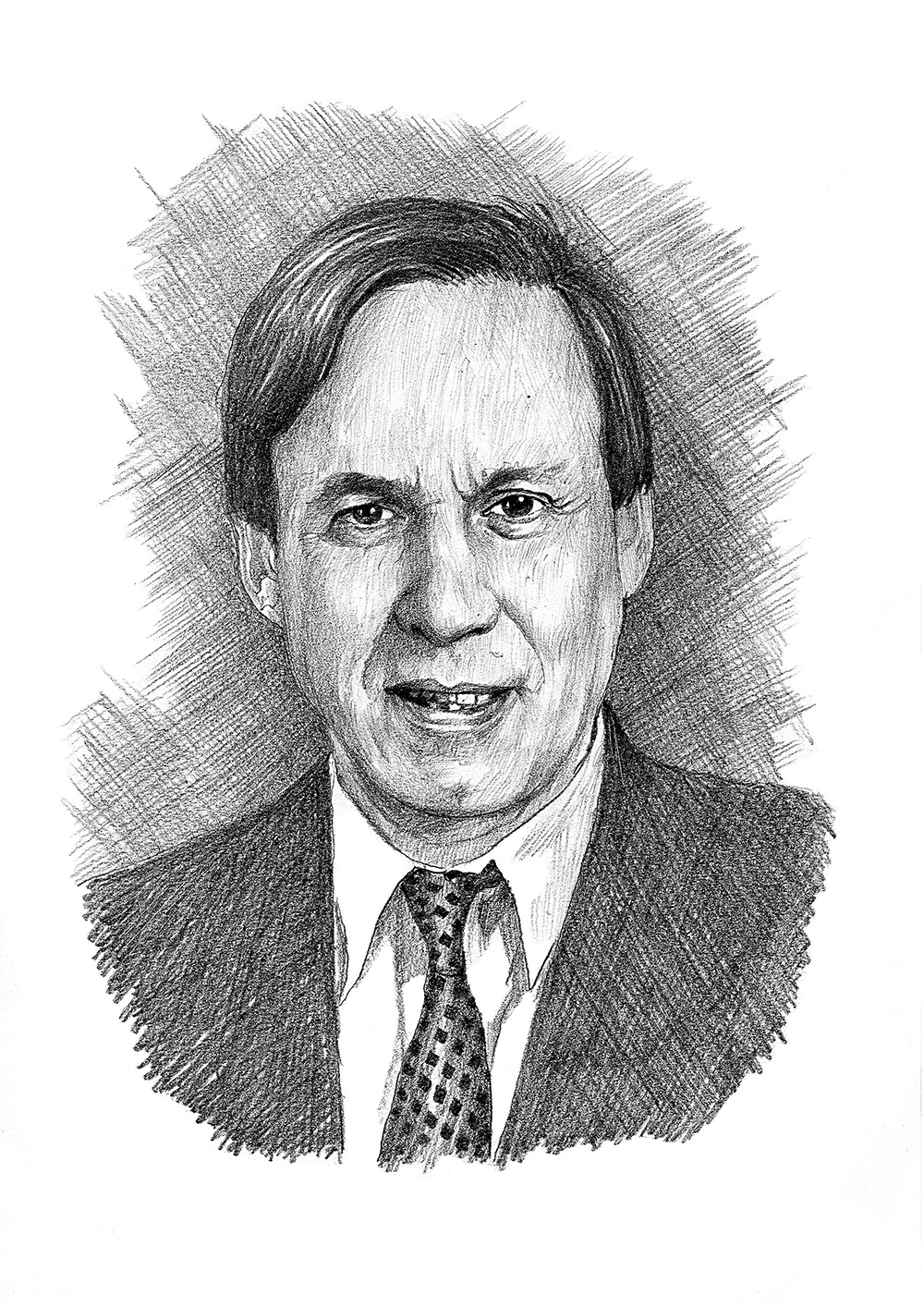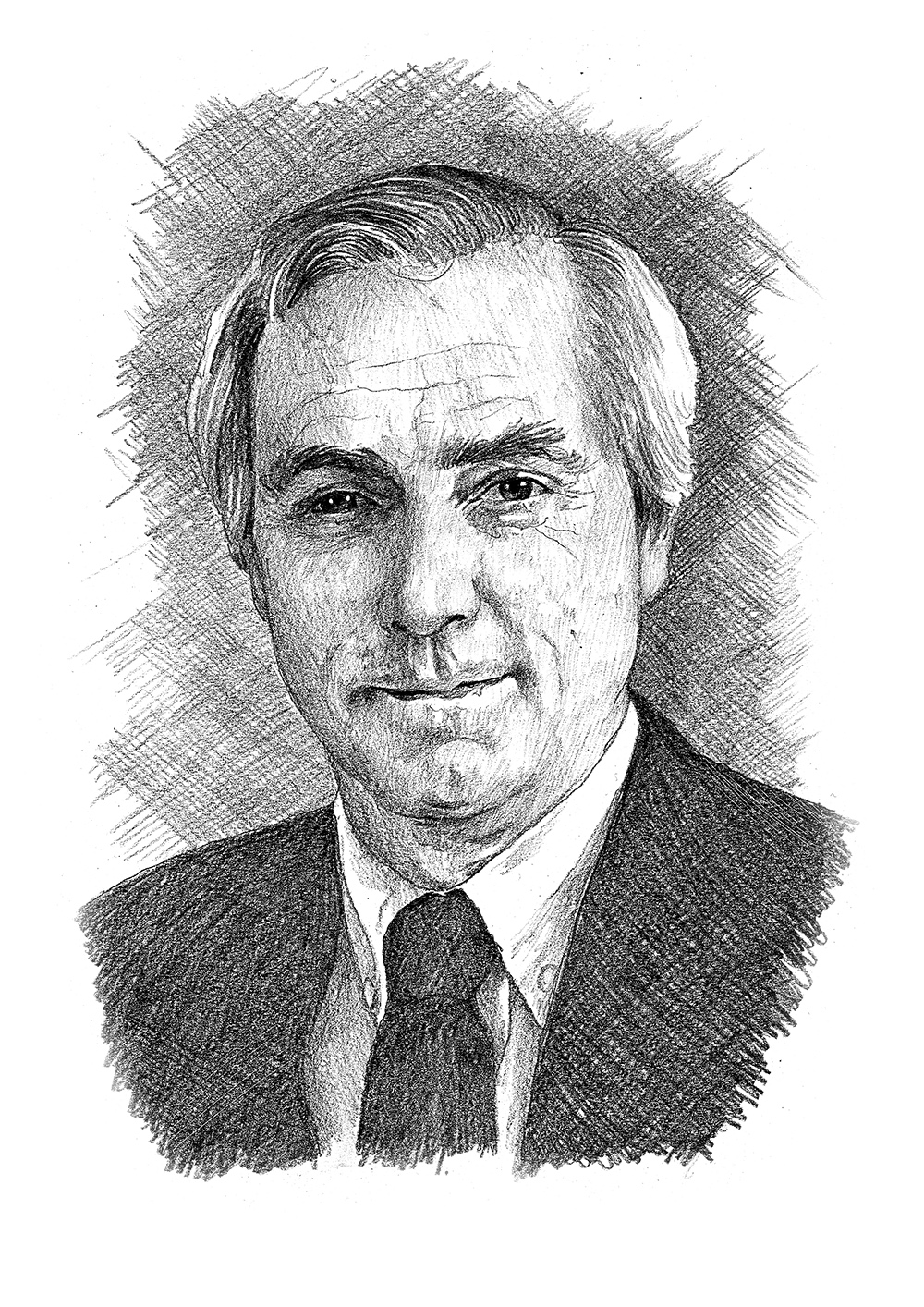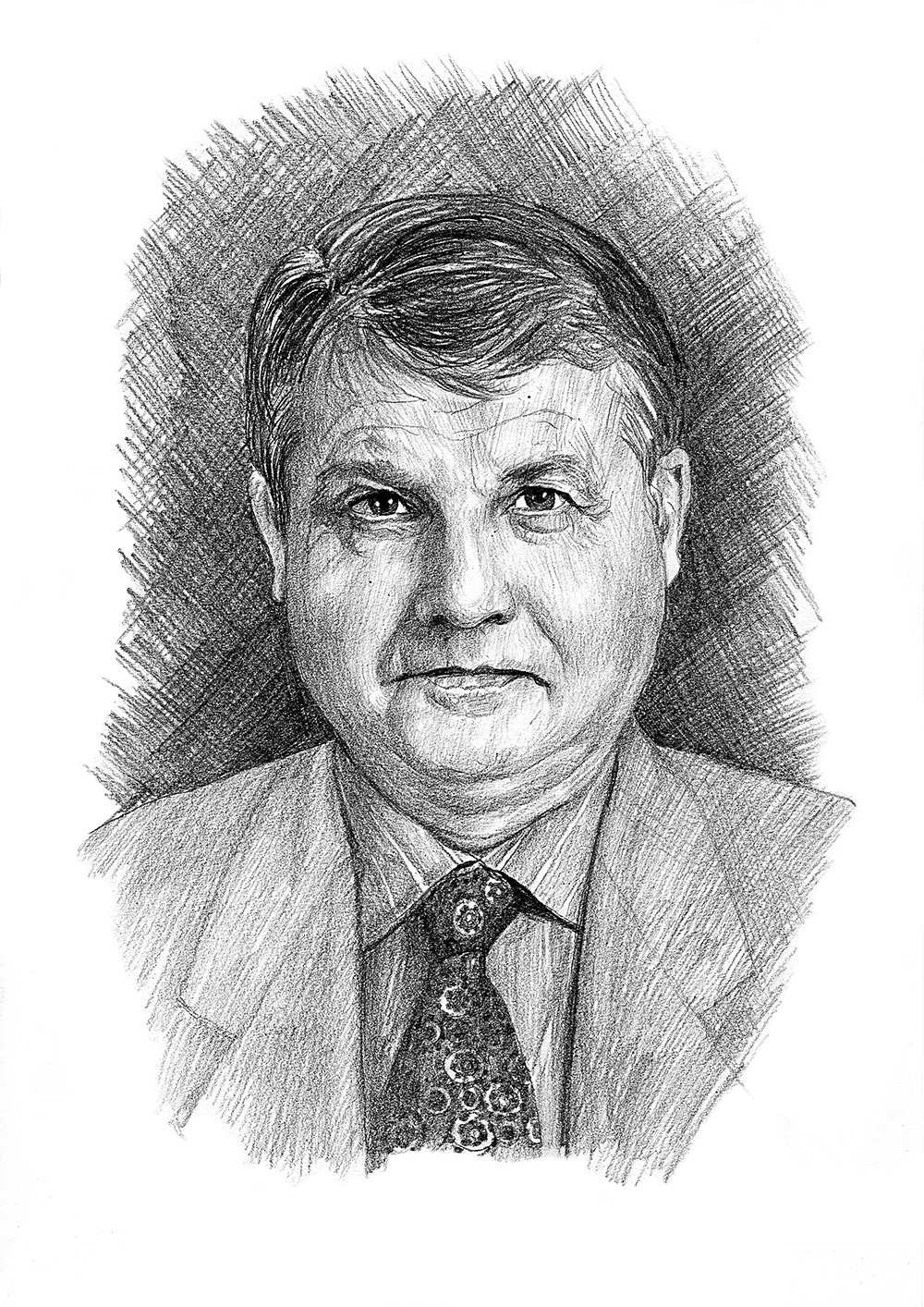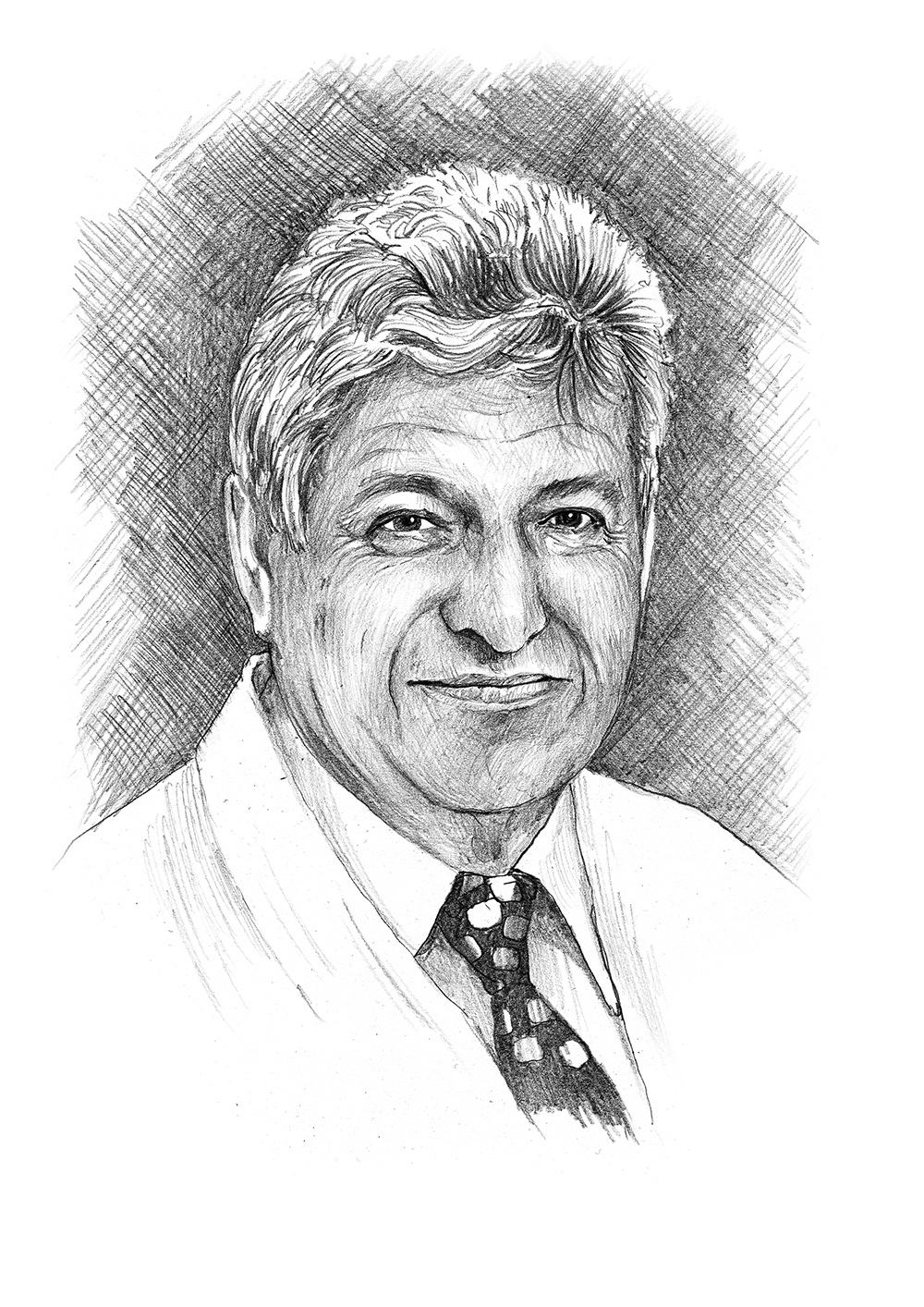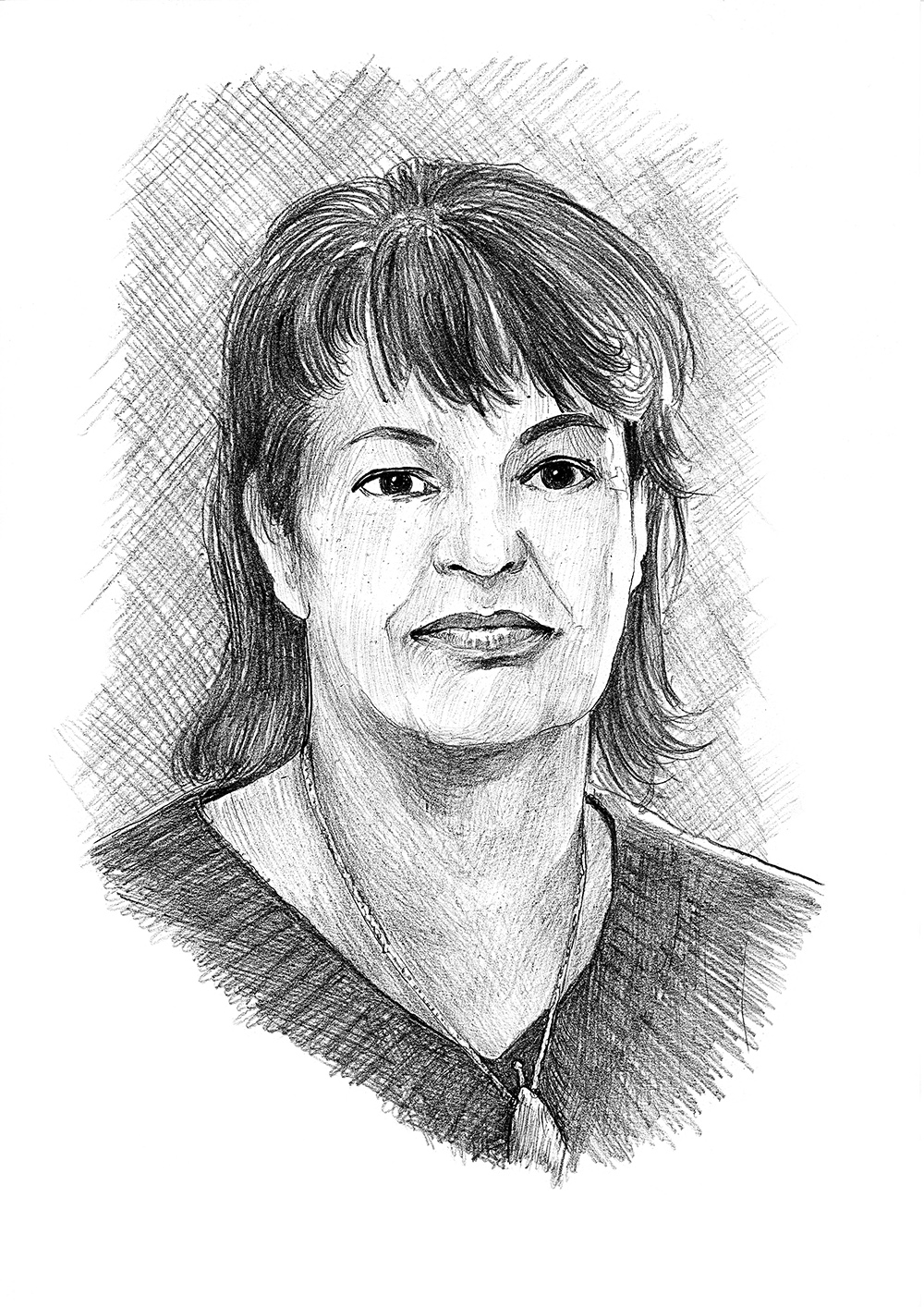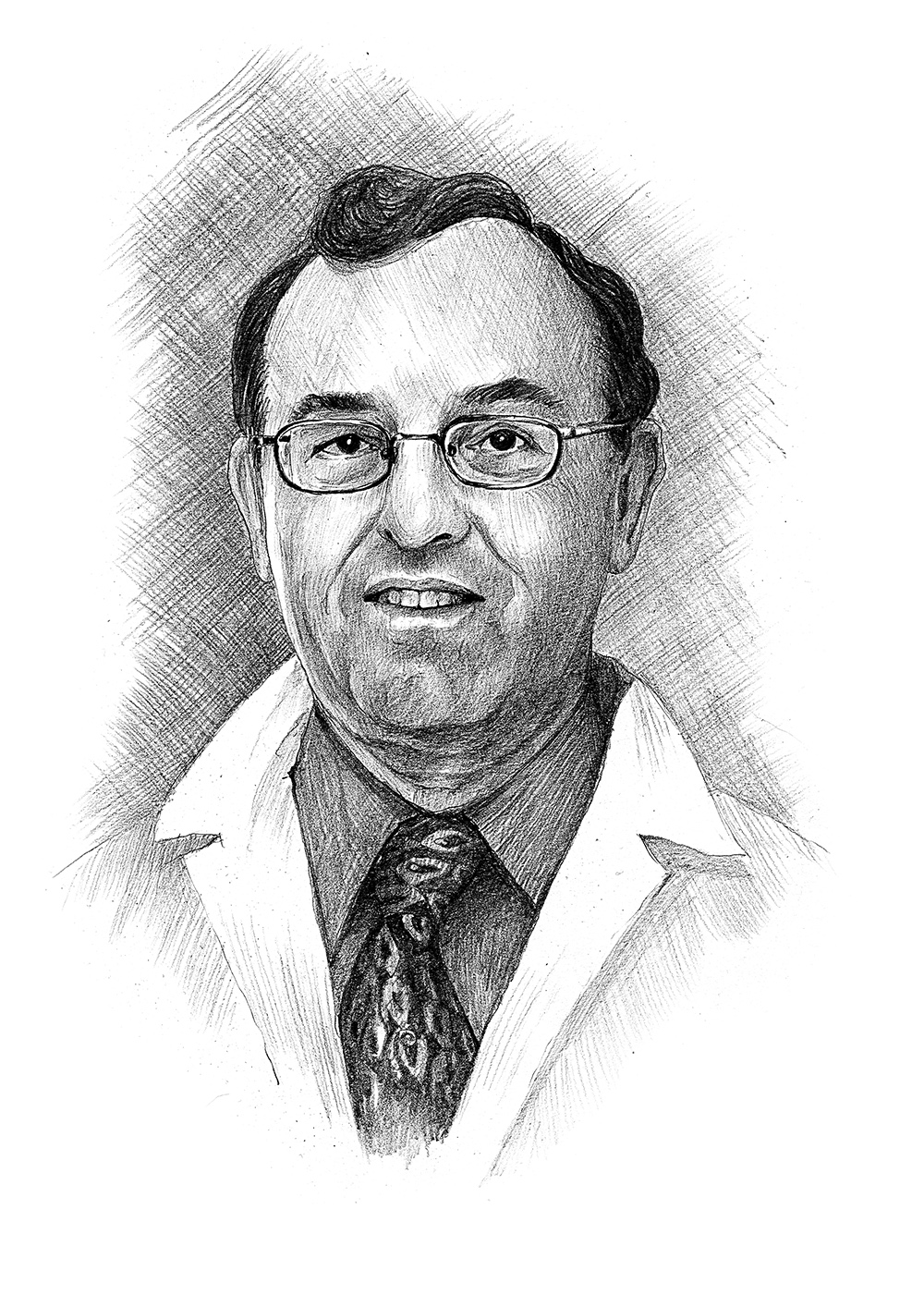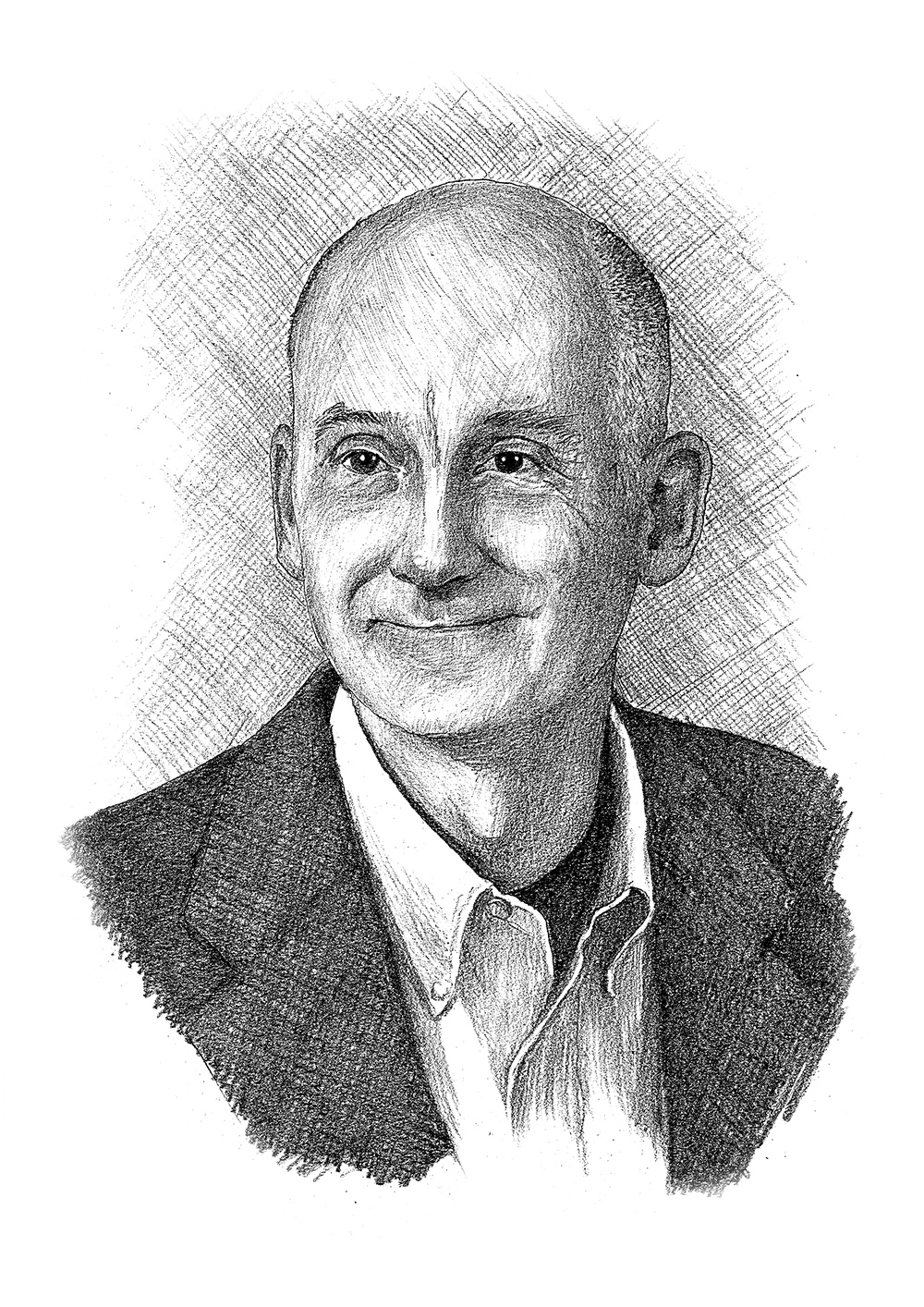Gregory Winter attended Trinity College in Cambridge and graduated in 1973. He obtained his Ph.D. in 1976, and completed a postdoctoral fellowship at the Imperial College in London, and a second postdoctoral fellowship at the Institute of genetics at Cambridge University. His Ph.D. and postdoctoral research involved protein sequencing and nucleic acid sequencing. He is joint Head of the Division of Protein and Nucleic Acids Chemistry (PNAC) of the Medical Research Council Laboratory of Molecular Biology (LMB), Deputy Director of the MRC center for Protein Engineering (CPE), as well as founder and Research Director of Cambridge Antibody Technology (CAT).
Sir Gregory’s scientific career has almost entirely been based at LMB in Cambridge. He is one of the leading authorities in protein engineering. In the early 1980’s, he worked on engineering the enzyme tyrosyl tRNA synthetase (in collaboration with A, Fersht), and subsequently on the engineering of antibodies. In particular, he developed technologies for making humanized antibodies as well as making human antibodies in bacteria. It was in CAT where the first and one of the most successful fully human antibody drugs, HUMIRA, an antibody to TNF alpha, was then developed and marketed by Abbott Laboratories, with sales of over $1 billion annually. Sir Gregory’s research continues to be focused on protein and genetic engineering. All commercially manufactured antibodies that are currently used in molecular targeted therapy are based on Winter’s technology.
Sir Gregory Winter authored numerous scientific publications and patents, especially with regards to humanized antibody technology and the use of antibody repertories and phage display technologies for making human antibodies in bacteria. His outstanding contributions in these fields were recognized by several awards and honors.
He received many awards including: the Louis Jeantet Prize for Medicine in 1989, the Pfizer Academic Award in 1989, and the Milan Prize in 1990. He was also elected Fellow of the Royal Society in 1990 and Senior Fellow of Trinity College at Cambridge University in 1991. He is a member of the editorial board of several scientific journals including Protein Engineering, Structure, and Research in Microbiology.
This biography was written in the year the prize was awarded.

